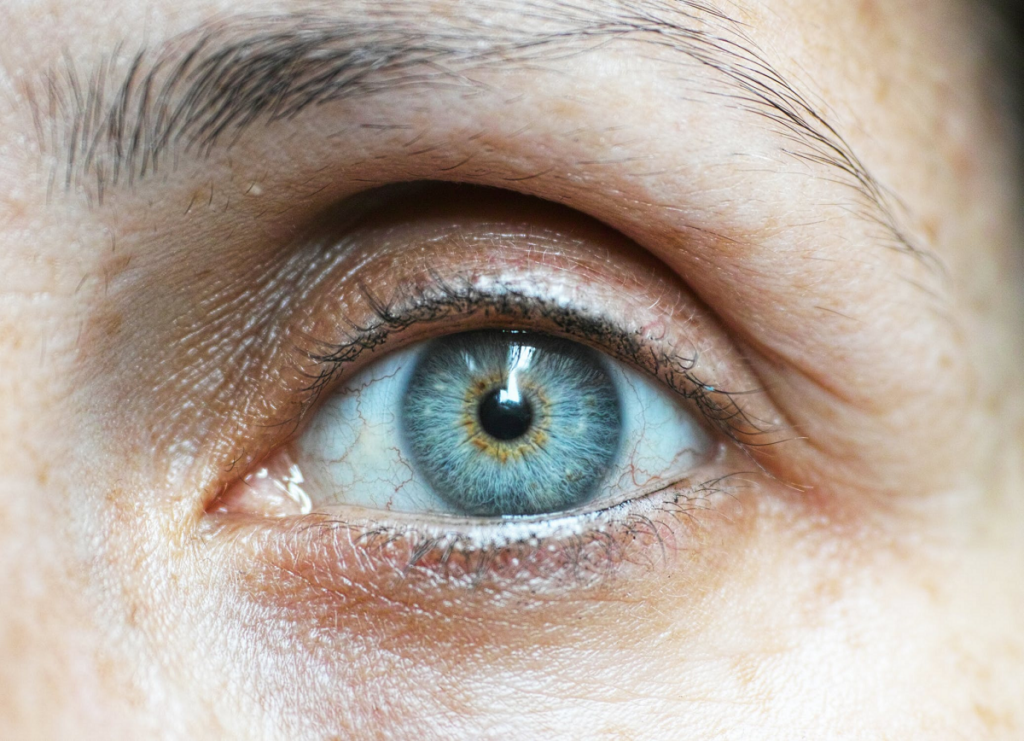Deciding to have LASIK surgery is not only life-changing but incredibly rewarding. Clear vision is something many of us take for granted, and having the chance to reclaim your freedom from glasses and contact lenses can be liberating and nerve-wracking at the same time.
Knowing what to expect before, during, and after your surgery can help calm your nerves and leave only excitement over the future of your eyesight.
1. Before Surgery
The vast majority of people who undergo LASIK surgery adhere to a few best practices before their treatment date. The measures you can take to make your procedure easier are listed below.
Preparing for LASIK Surgery
Before attending your LASIK surgery procedure, there are a few things you can do to prepare, including:
- Refrain from using contact lenses for at least two weeks before the procedure, as they can significantly change the shape of your cornea. Your LASIK provider will be able to determine precisely how long to go without contacts during your last consultation.
- Inform your doctor of any medications you are taking, prescription or over-the-counter, that may interfere with the procedure.
- Arrange for transportation with a friend, family member, or taxi service, as you will not be allowed to drive home yourself.
- Make sure your face is free from makeup, creams, and lotions on the day of your surgery.
- Eat something before your appointment, as food can help reduce pre-surgery jitters.
- Wear comfortable clothes.
Arriving at Your LASIK Provider
Be sure to arrive promptly at your scheduled appointment time, as there may be financial or medical paperwork to complete before proceeding. On arrival, you may be offered a mild sedative to help reduce anxiety related to the procedure if necessary.
2. During LASIK Procedure
LASIK eye surgery takes around 15 minutes to complete for both eyes. A LASIK procedure may follow a similar structure to the following:
- Antibiotic and numbing drops will be placed in your eyes every few minutes before the procedure to ease any discomfort and prevent infection.
- Before you enter the surgery room, the laser is already programmed for the procedure it needs to perform.
- Once you’re ready to begin, your doctor will help you comfortably position yourself under the laser microscope.
- One eye is treated at a time, while the other can simply be held closed.
- The eye being treated is usually held open by a device called a speculum.
- During the laser treatment, you’ll be asked to look at a flashing red or green light, and you may feel a slight pressure on your eye throughout.
During the procedure, you may hear several clicks or snaps, which are just the sounds the laser makes as it works and are nothing to worry about.
Some people report smelling burnt hair, while others may get anxious over the flashing light. Still, it is essential to know each laser surgery is carefully monitored and planned to ensure your safety, while the green or red light isn’t the laser treating your eye; it is simply a way for you to keep your eyes in place.
Does Eye Movement Affect the Procedure?
No, LASIK lasers have eye-movement tracking systems that allow the lasers to follow your eye should it move during surgery.
3. After Surgery and Recovery
The LASIK procedure has an extremely high success rate. More than 90% of patients achieve 20/20 vision or better. Many patients will even achieve 20/15 vision, which means even more visual acuity. If you’re a good candidate for LASIK, 20/20 vision is a realistic outcome.
After surgery, one of the most important steps is to protect your eyes, usually achieved by using an eye shield that looks a little like a pair of goggles. Your doctor may also prescribe a mild pain reliever if you’re experiencing discomfort after the procedure.
Your vision may be blurry as soon as the procedure is done, but this is normal and should not alarm you.
Other steps to encourage the healing process include:
- Using eye drops to prevent infection and inflammation after your treatment
- Using artificial tears to keep your eyes lubricated after surgery
- Attending your first follow up appointment within 24 to 48 hours after the surgery so your doctor can remove your eye shield and assess the treatment results
- Keeping your eye shield on while you’re sleeping, at least for the first few weeks after LASIK
As part of your LASIK recovery, you should avoid participating in contact sports for at least four days after treatment. You should also refrain from swimming in pools or hot tubs or participating in any activities that may allow dirt or water to enter your eyes unnecessarily.
Reasonable Vision Expectations
Even though you should be able to open your eyes immediately after surgery, your vision will probably be very blurry. This may start to improve the day after your surgery, but your vision clarity may fluctuate for months after, especially at night.
It may take up to six months for your eyesight to stabilize and for you to experience 20/20 vision. During this time, glare and blurriness are completely normal and shouldn’t be a cause for concern.
If you’re interested in LASIK surgery, take the LASIK self-test to find out if you’re a good candidate, or schedule a consultation online today.









